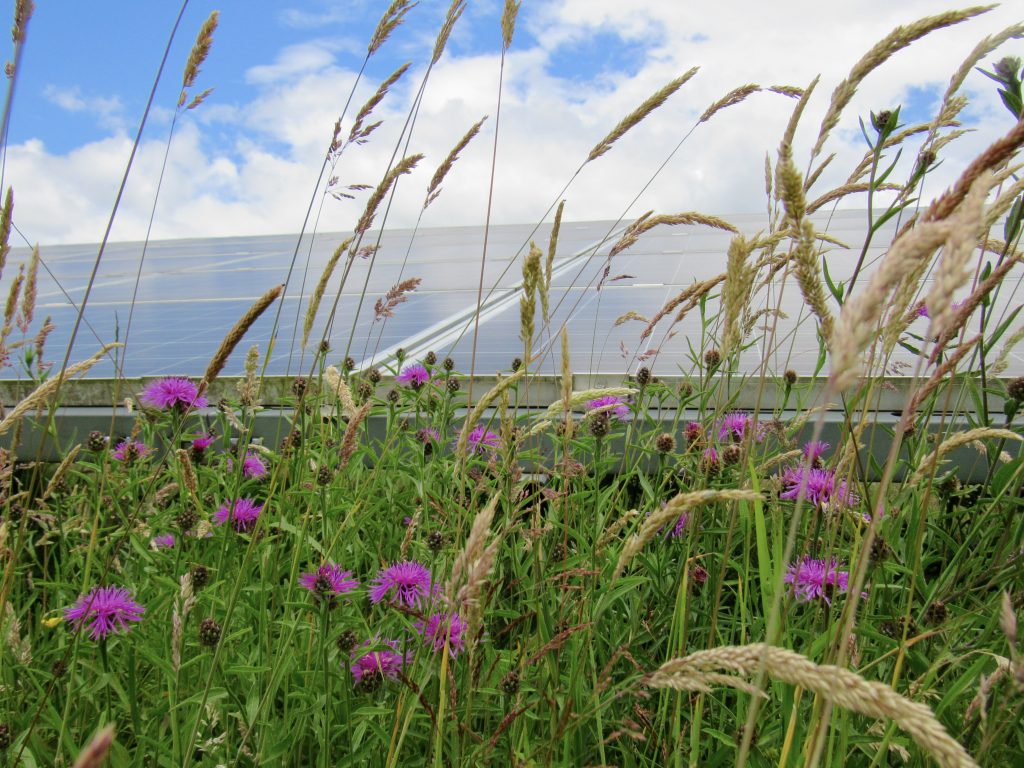
I recently read an article in the Sunday Times in which a couple were decrying the development of a solar park on the land bordering their 35-acre estate.
Their horses were being frightened by the (temporary) construction noise, and their peace had been further disturbed by the sound of security guards laughing during their rounds. It highlighted a similar tale of woe from another wounded resident who claimed to ‘recognise the importance of green energy’ – until a solar park threatened to impact the view from their bedroom window. Suddenly, saving the planet was not such a high priority.
The article suggested that these anecdotes were evidence that rural homeowners are paying the price for the UK’s pursuit of net zero. While I sympathise with the families featured, I would counter that every single person on the planet will pay the ultimate price if we do not pursue net zero and increasing solar is one of the most cost-effective ways of doing so. Solar panels currently cover around 0.08% of total land across the UK, or 0.1% of UK farmland – only half the size of the Isle of Wight.
Stories like this, whilst not surprising, bother me to the extent that they damage the perception of solar developments and wildly overstate their impact on selling prices and living standards for those who reside nearby.
A recent study in the US looked at 1.8 million home transactions across six states and found that houses within a half-mile of a utility-scale solar farm had resale prices that were, on average, just 1.5 percent less than houses that were a little further away. I imagine there would be even less impact here. One of the good things about solar is that it requires relatively little human interface once constructed, compared to conventional coal or gas.
Strong support for solar
In the UK, the Spring 2023 DESNZ Public Attitudes Tracker on energy sources and infrastructure found that 82% of people quizzed would actually be very happy, fairly happy, or wouldn’t mind having a solar park constructed in their local area. Support for renewables, and solar in particular, clearly remains strong and the need to maximise its potential is growing day by day. The government should be out there debunking myths and extoling the many virtues of renewable energy developments, but unfortunately it is still the voices of the few anti-solar brigade shouting loudest at present.
Solar Energy UK and Copper Consultancy published their own report tracking sentiment around solar recently. It underlined the fact that most people don’t realise the potential biodiversity benefits of solar farms, with 54% unaware that solar farms can deliver a net gain in biodiversity. It also highlighted a lack of awareness around the logistical challenges of locating new developments, with only 7% acknowledging that proximity to electricity grid infrastructure is a major factor when selecting a site – somewhat limiting the options.
The study found that 16.7% of respondents strongly supported nearby solar parks during their development phase, but once sites became operational this shot up to a whopping 61.5%. Clearly, the idea of living next door to a solar park is far more troubling than the reality, but all too often schemes stall due to local opposition early on.
More YIMBY, less NIMBY
Government is targeting a five-fold increase in solar by 2035. As well as considerably ramping up its efforts to deliver a more robust grid, it must also work harder to turn the positive sentiment of the general public into active support of solar developments at a local level – it’s going to need more YES in my back yard (YIMBY) and much less NIMBY if it is to reach its goal. Let’s face it, with only 0.08% of land currently occupied by solar parks, there’s a long way to go before it really becomes a big issue for homeowners…
Julian Barlow, Chair of Wiltshire Wildlife Community Energy
